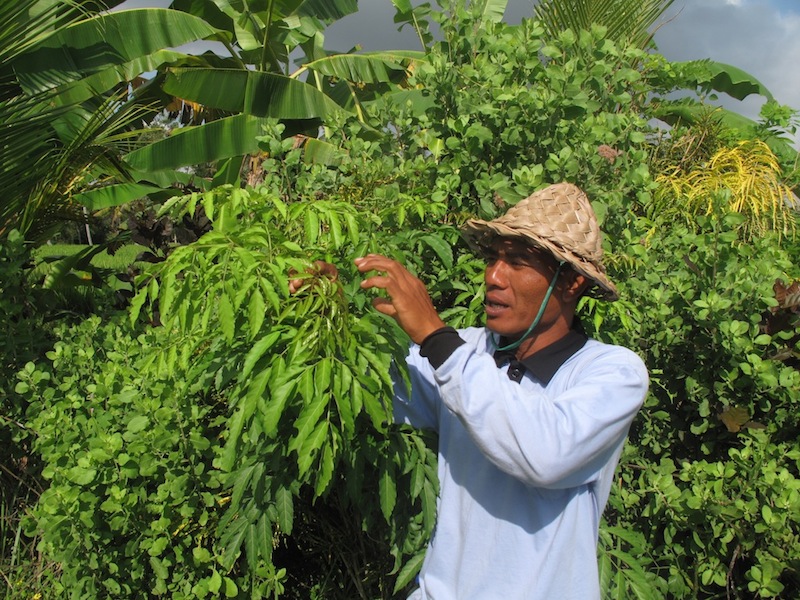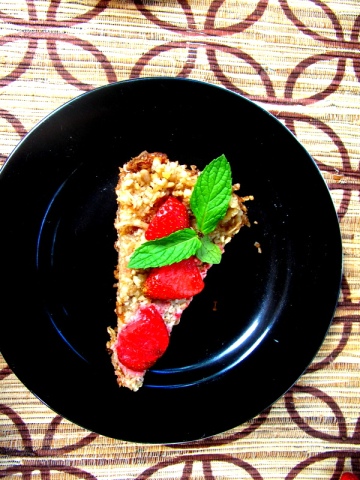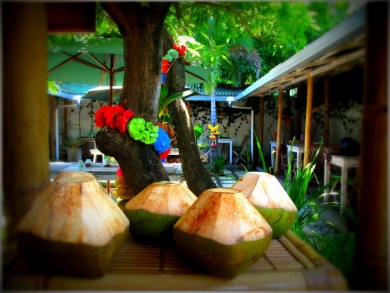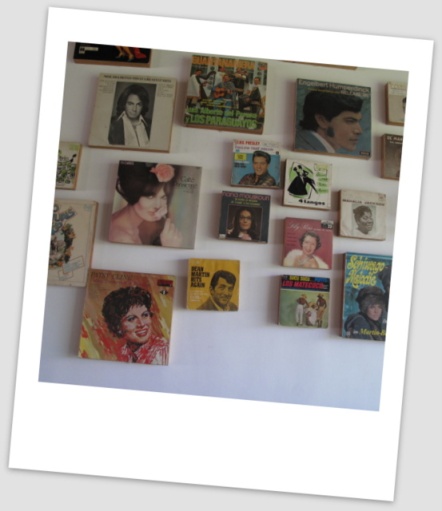
A walk on the wild side
Foraging is one of the hottest gastronomic trends to sweep across the globe, with chefs and home cooks alike heading out into the country to gather wild vegetables, herbs and forest fruits. Here in Bali, foraging has always been a way of life, and the beautiful landscape is rife with wild greens, tropical fruits, roots and edible flowers.
The forests, river banks and fringes of Bali’s picturesque rice fields host a plethora of wild herbs, spices and fruit trees, and in order to learn more about Bali’s wild side, I join a fascinating, customised rice paddy walk with Bali Eco Cycling Tours (www.baliecocycling.com). We begin in the coolness of early morning and make our way through the ancient lichen-covered temples of Goa Gajah on the outskirts of Ubud. Weda, a rice farmer from Ubud is my guide, and is passionate about foraging, deeply knowledgeable and has a great sense of humour. The narrow trail leads us along the edge of a steep riverbank shrouded in sub tropical rainforest, where gnarly roots of giant trees cling to the ravine, and dappled sunlight dances through the leafy canopy. We stop to pick fragrant stalks from an [ilak ]bush – used in place of sticks in sate lilit (minced fish satay). Nearby, the leaves of a [simbaman] bush are used to flavour a uniquely Balinese dish known as [be cundang] – where the losing rooster in a cock fight is cooked up and presented in a victory feast. Crossing the muddy creek Weda points out my favourite Balinese delicacy, dainty fern tips, that are tender, juicy and fabulous with shredded coconut.
 Climbing up the ravine, we pass a heavily laden soursop tree – its leaves are believed to have a similar effects to chemotherapy when it comes to treating cancer. Winding through a dense coconut grove we see immense jackfruit trees, their large bulbous fruit makes a great addition to curries, soups and [rujak] – Balinese spicy fruit salad. Suddenly the forest opens up to a glistening verdant sea of green that stretches as far as we can see. This is the Bali of postcards, and a view that I never seem to tire of. Palms and big-fronded banana trees line the path that threads across the sawah (rice fields), where dragonflies flitter and the sound of trickling water is ever present. The ancient irrigation system, known as [subak], allows a number of edible plants to thrive spontaneously along the edges, including succulent lentor (snake beans), tiny wild eggplant, and pumpkin – the deep yellow pumpkin flower makes a very tasty tempura. The cassava tree has pretty umbrella-shaped leaves, and its starchy roots are used to make[tape] (tapioca), while its young leaves grace pork soup. Wena shows me a bunie tree, in season it will have delicious dark berries that taste great in jam and also in rujak.
Climbing up the ravine, we pass a heavily laden soursop tree – its leaves are believed to have a similar effects to chemotherapy when it comes to treating cancer. Winding through a dense coconut grove we see immense jackfruit trees, their large bulbous fruit makes a great addition to curries, soups and [rujak] – Balinese spicy fruit salad. Suddenly the forest opens up to a glistening verdant sea of green that stretches as far as we can see. This is the Bali of postcards, and a view that I never seem to tire of. Palms and big-fronded banana trees line the path that threads across the sawah (rice fields), where dragonflies flitter and the sound of trickling water is ever present. The ancient irrigation system, known as [subak], allows a number of edible plants to thrive spontaneously along the edges, including succulent lentor (snake beans), tiny wild eggplant, and pumpkin – the deep yellow pumpkin flower makes a very tasty tempura. The cassava tree has pretty umbrella-shaped leaves, and its starchy roots are used to make[tape] (tapioca), while its young leaves grace pork soup. Wena shows me a bunie tree, in season it will have delicious dark berries that taste great in jam and also in rujak.
We spot papaya, cacao and mangosteen trees, and young cows resting under the shade of massive durians. Taking a break, we sit on the edge of a small ridge and eat sumping, and bantar, traditional Balinese sweets of sticky rice, coconut milk and sugar, and enjoy the sound of rindik from a distant temple that mingles sweetly with bird song and rooster crows, and the gentle rustle of a breeze in the palms.
 Finishing in the charming restaurant set amidst the rice fields, we sip fresh coconuts and feast on organic rice, smoked duck and chicken and tofu skewers.
Finishing in the charming restaurant set amidst the rice fields, we sip fresh coconuts and feast on organic rice, smoked duck and chicken and tofu skewers.
If you would like to know how to cook with Bali’s native herbs, fruits and spices, the following offer an authentic village style experience, including visiting the local markets.www.lobongcooking.com


















